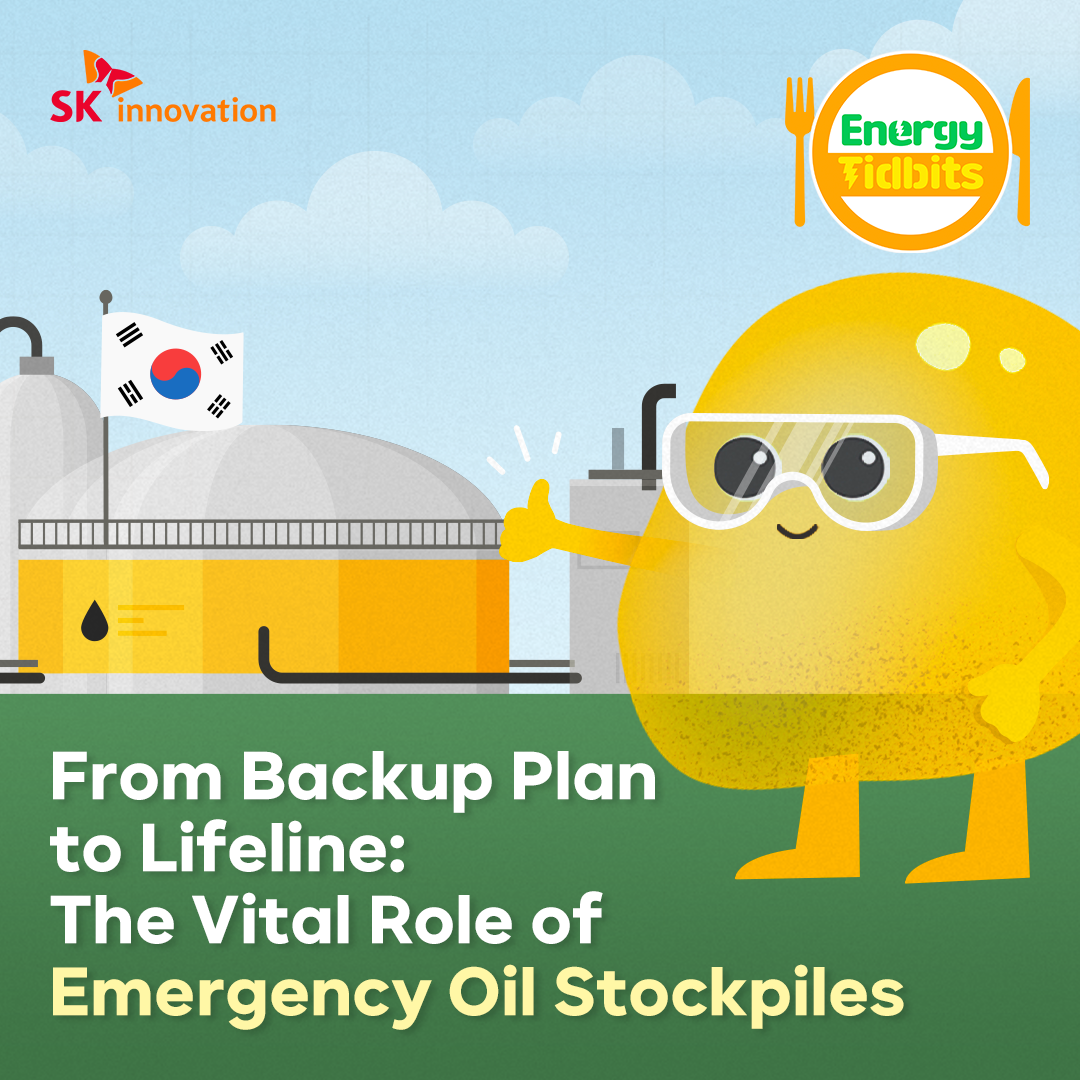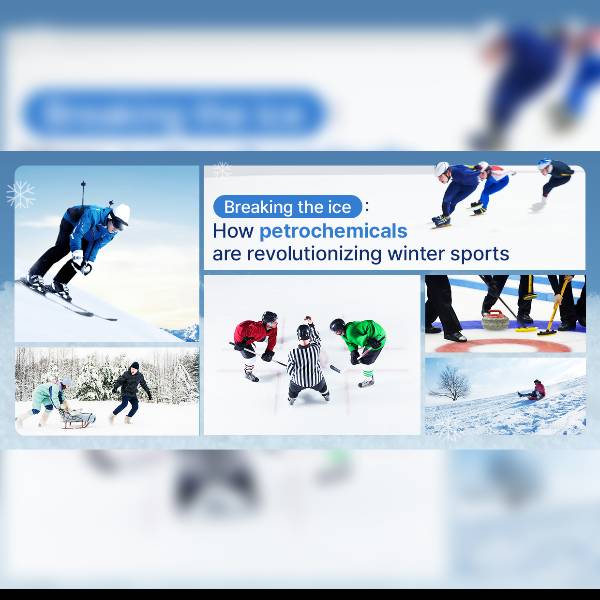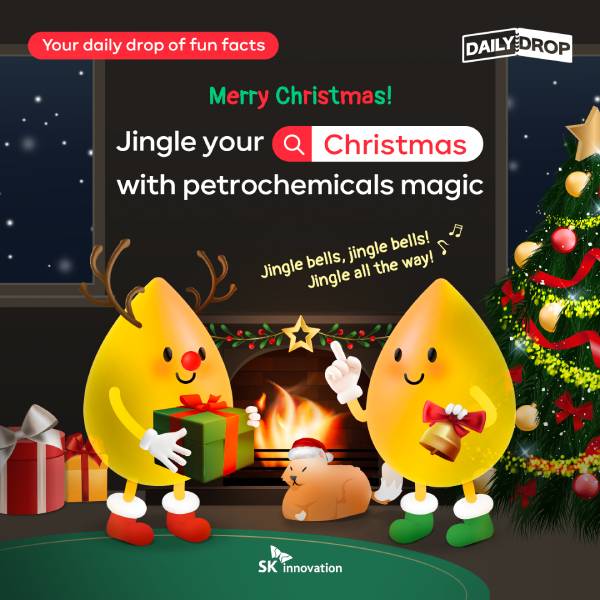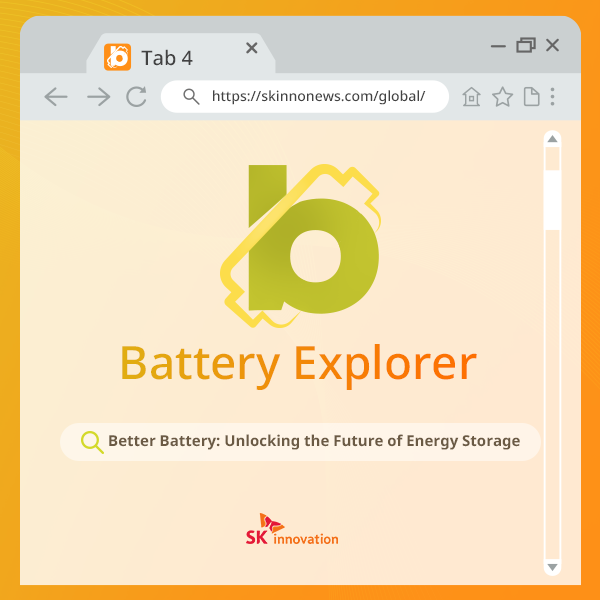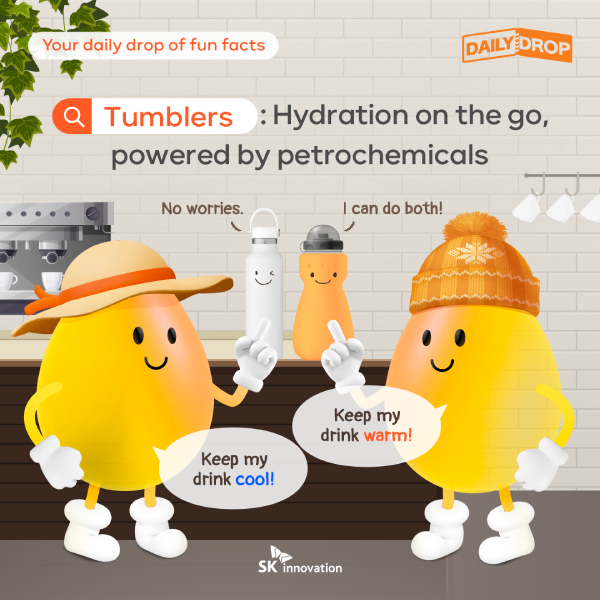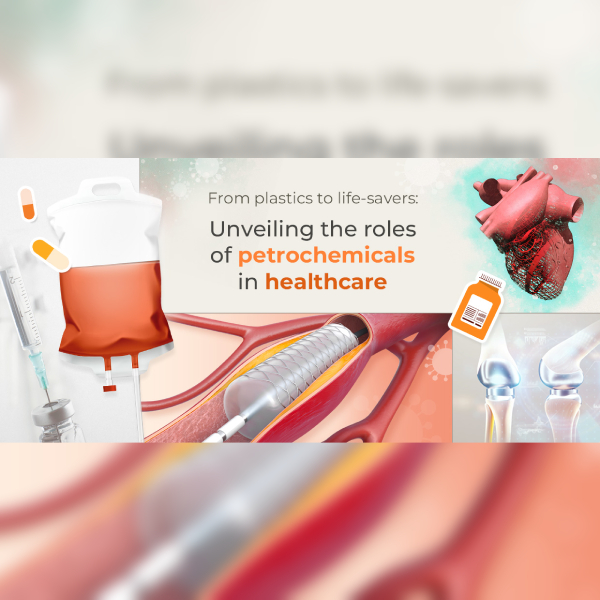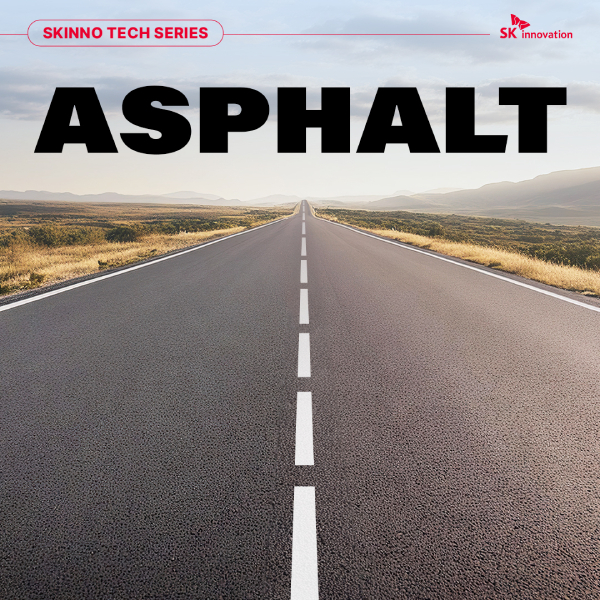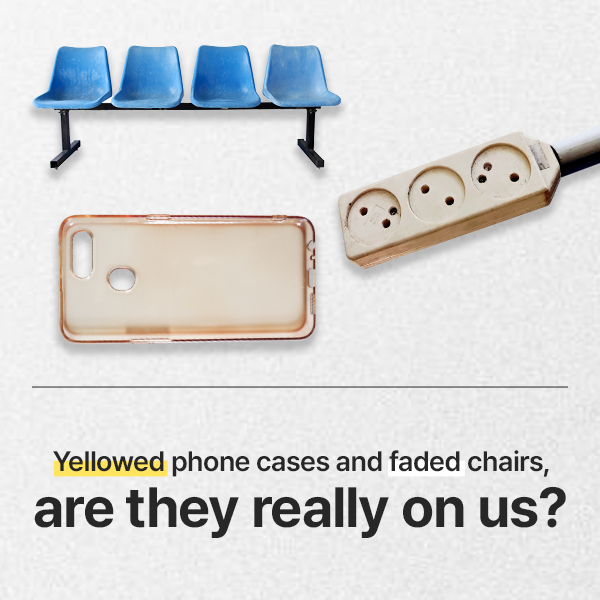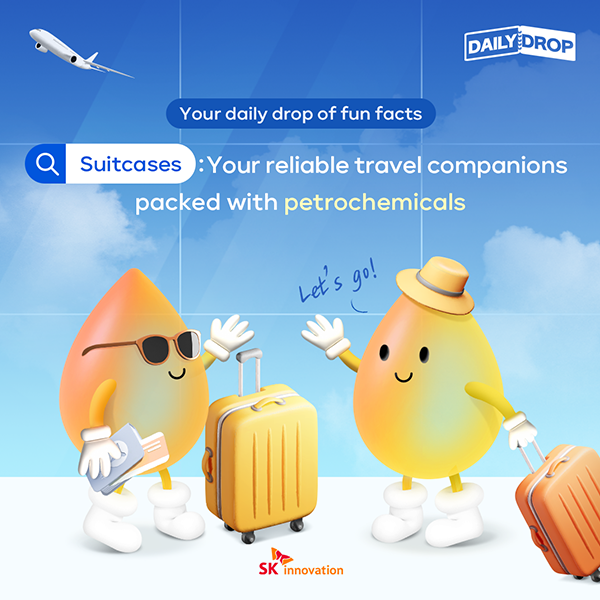 Trends & Reports
Trends & Reports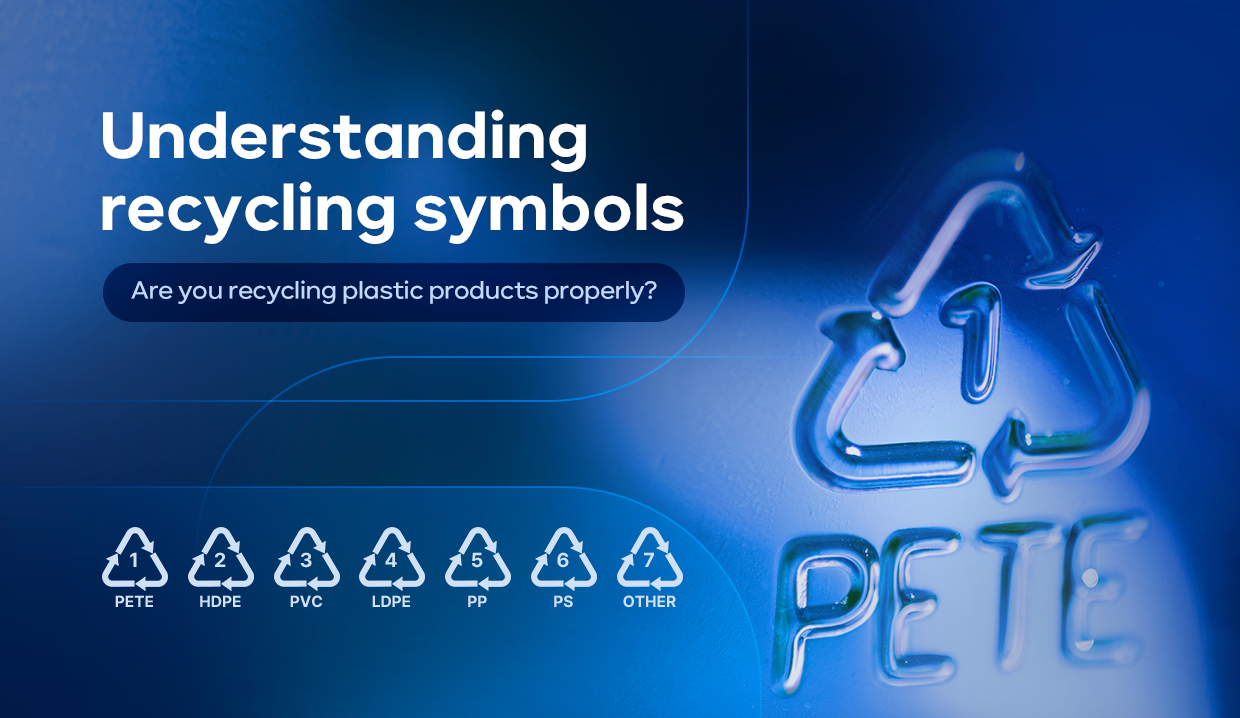
Every day, we are using various products made from plastics. From tooth brushes, shampoo bottles to car parts, and even some parts of the cell phones in our hands right at this moment – plastic come in different forms and we have been using much more plastic than we thought. So, what are the different kinds of plastics and how should they be disposed of? Are you sure you are throwing and recycling them properly?
If you look at the bottom or the backside of any plastic item (or even the ones you thought they were not plastic, but they are), there is a triangle-shaped symbol with a number at the center. Do you know exactly what those numbers mean? Let’s learn how to read them and recycle those products correctly.
| Understanding recycling marks, the first step to recycle plastics correctly
A fun fact is the internationally recognized recycling symbol we can see everywhere was created by Gary Anderson, an American graphic designer and architect who was then a 23-year-old-student when his design became the winner of a contest to raise environmental awareness in 1970. Anderson explained that “The figure was designed as a Mobius strip to symbolize continuity within a finite entity.” It was unveiled on the first ever Earth Day held in the same year (1970) and given to the public domain with many variations later.
While the chasing-arrows-logo is a ubiquitous symbol, the recycling codes inside the logo may vary depending on the countries. In South Korea, the names of plastic types are written in words, but other places may use numbers or abbreviations to categorize them. In this article, we are going to learn about the most common marks – number codes. The numbers inside recycling mark, along with the raw material names written at the bottom indicate the type of plastic the product is made of and plays a pivotal role in recycling.
① PET or PETE (Polyethylene Terephthalate)
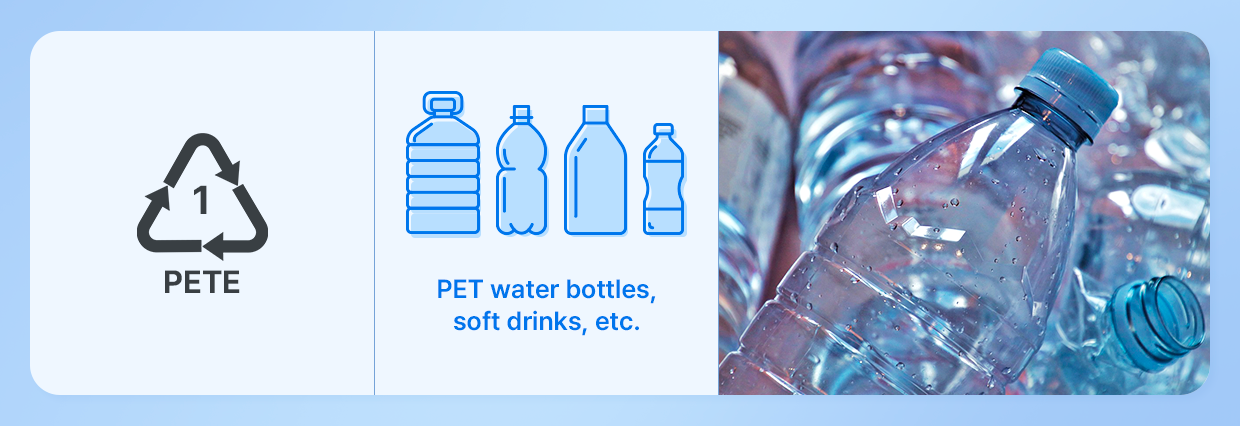
PETE/PET (Polyethylene Terephthalate) is the most common material we encounter in daily lives as it is mainly used in single use bottled beverages. It is easier to recycle clear bottles, such as water bottles, than hard, colored bottles. For this reason, multiple beverage companies have been trying to change their products from colored to clear packaging.
② HDPE (High-Density Polyethylene)

HDPE is a versatile material often used for packaging of household items such as detergent and multiple household cleaner bottles, shampoo bottles, milk jugs, etc. Most of them are having low leaching risk, microwave-safe, and highly recyclable.
③ PVC (Polyvinyl Chloride) or V (Vinyl)
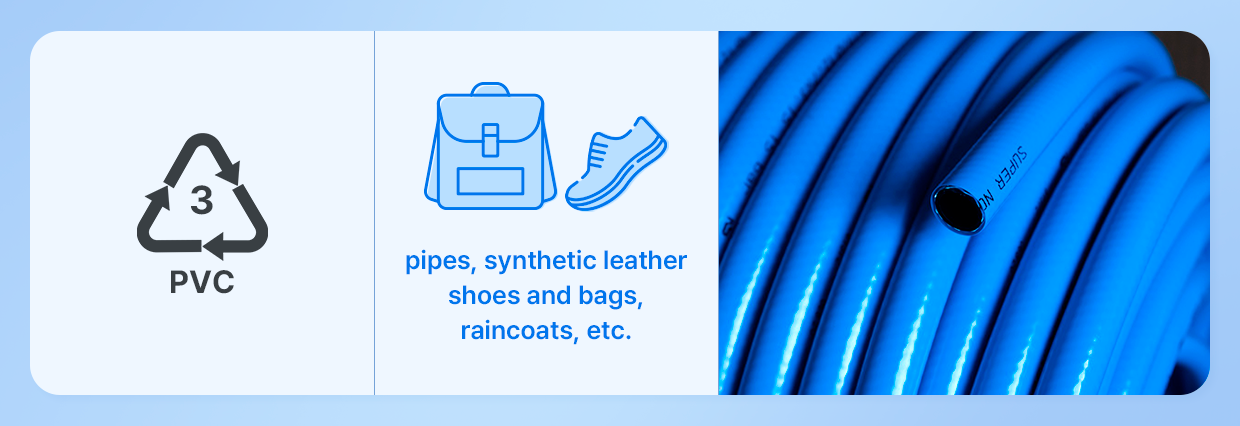
PVC and V have high resistance to water, corrosion, and chemicals so they are often used in products such as drainpipes, medical equipment, plastic gloves, and waterproof clothing. The process of recycling PVC and V are complexed, so in most cases they cannot be simply thrown in plastic recycling bags or boxes after use. PVC and V products need to be separated and collected by specific companies or organizations.
④ LDPE (Low-Density Polyethylene)

LDPE is a type of thermoplastic made from the monomer ethylene. LDPE has excellent processability and is flexible, relatively transparent so it is often used in plastic films that are coated on the outside of dry-cleaning and shopping bags, bakery bags, etc. or as material of food container lids. It is easier to recycle rigid LDPE products than the soft types.
⑤ PP (Polypropylene)
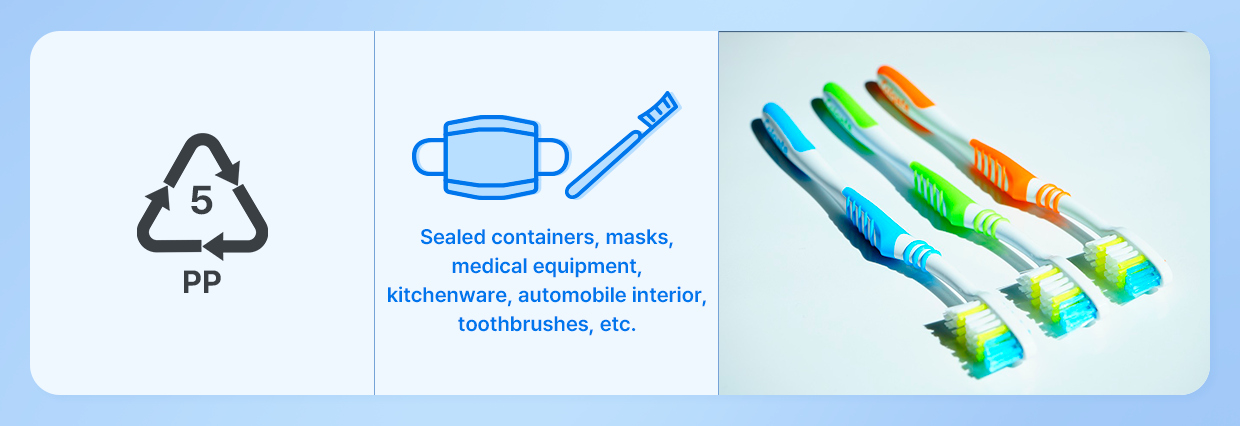
PP is a semi crystalline thermoplastic that has high melting point. It is widely used in airtight containers, especially laboratory and medical equipment including medicine bottles, and other applications like straws, kitchenware, automobile interior materials, toothbrushes, etc. Cleaning the container is one of the most important processes before recycling PP products.
⑥ PS (Polystyrene)
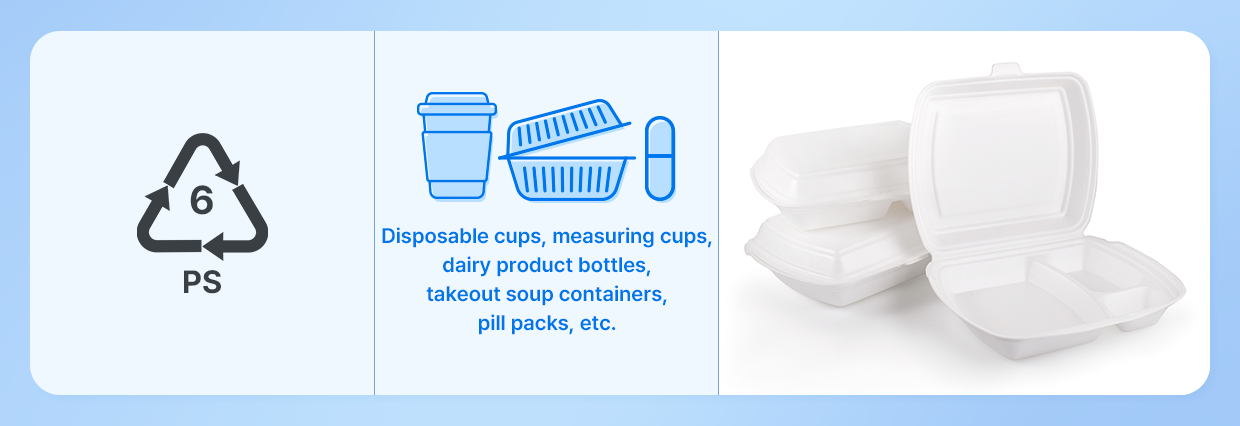
PS is a material can be made into foam or rigid products. It is often found in disposable cups and plates, measuring cups, dairy product bottles, take-out soup containers, and pill packages. It is weak against heat so it cannot be used in microwave, and also difficult to recycle.
⑦ Other
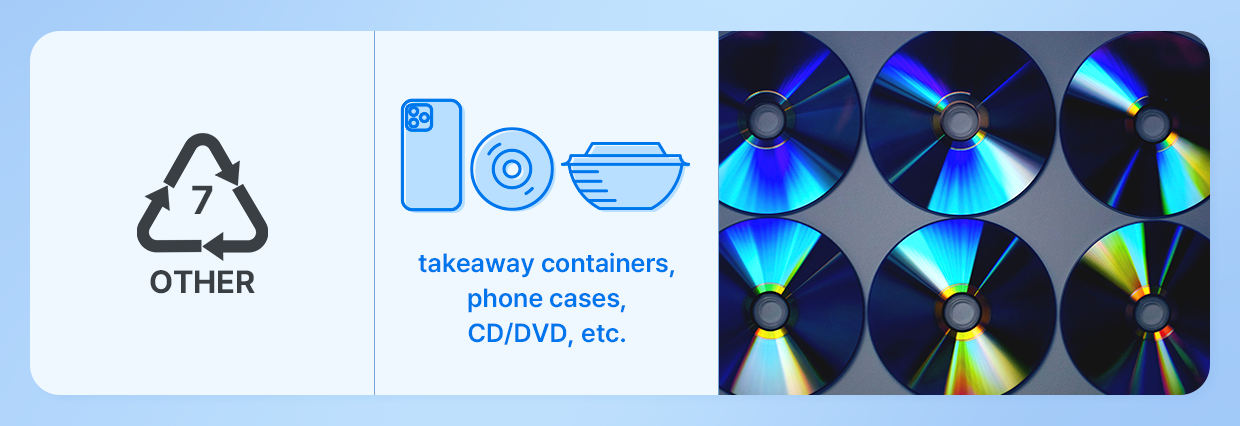
If a plastic item is labeled as “other,” then the material used for that product does not fall under the above-mentioned categories (not from group 1 to 6) such as PC (Polycarbonate) and ABS (Acrylonitrile Butadiene Styrene), or it is a mixture of several types of plastics. Some examples of this type are sunglasses, phone cases, CDs and DVDs, baby milk bottles, etc. Since the exact material is different for each product, recycling must be checked according to the label attached to the item.
| From proper separation of waste to reducing unnecessary plastic use
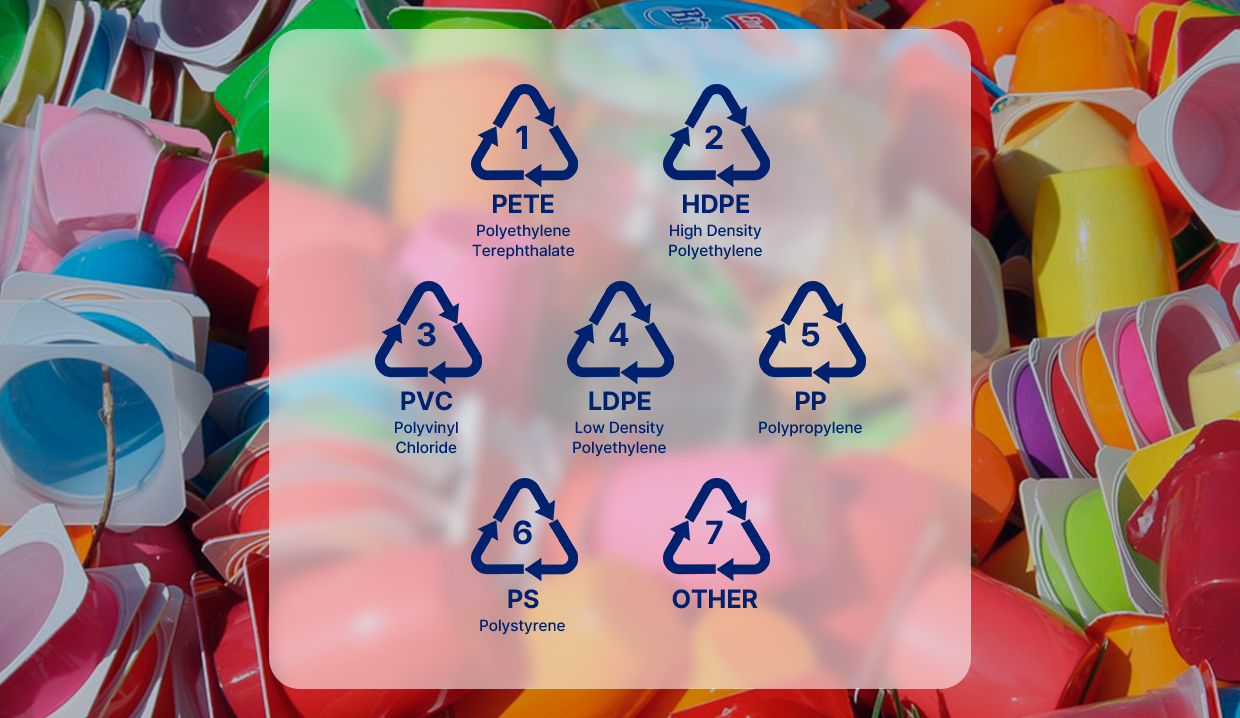
According to a report by The Organization for Economic Cooperation and Development (OECD), in 2019, “only 15% of plastic waste was collected for recycling.” The report also highlighted that “after taking into account recycling residues and disposal of collected litter, only 9% of plastic waste was recycled.” These are alarming figures despite new policies and technologies to increase the plastic recycling rate and decrease plastic waste.
The fact is it takes more than government’s efforts and recycling technology development of corporates. Actions must be taken by everyone. First, trying to reduce the amount of unnecessary disposable items used in daily lives, such as plastic straws and plastic bags, is an important step to mitigate the plastic waste issues. The next step is disposing plastic products in a correct way. After using the products, we should always check the recycling mark, understand its meanings as explained in this article, and practice proper sorting and disposing before having the items recycled. Plastic recycling rate can only be increased once individuals make such effort.
– [SKinno Tech] Plastic Recycling










 Youtube
Youtube Facebook
Facebook Instagram
Instagram Linkedin
Linkedin








